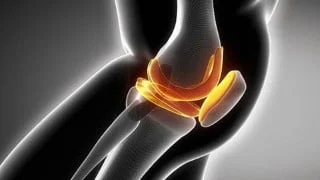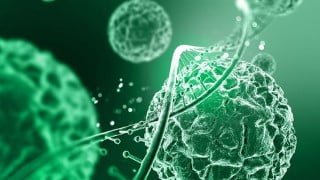Cell Signaling; How our body cells coordinates
Learn the principles of signal transduction mechanisms, types of signaling, kinases, ligands, and receptors in cell signaling pathways. Understand the importance of cell cycle regulation, neuronal signaling, and the role of biosignals in development. Explore how dysfunction in cell communication can lead to diseases like cancer and immunodeficiencies. This course is suitable for undergraduate and postgraduate students seeking a comprehensive understanding of cell signaling.
What you’ll learn
- Understand the basic principles of signal transduction mechanisms
- Understand the different types of signaling
- Understand the different types of Kinases and their role and importance in signaling pathways
- Understand the different types of ligands and receptors and their role and importance in signaling pathways
- Understand Mating of haploid yeast cell (an example from unicellular world)
- Nonreceptor Tyrosine Kinase Mediated Cell Signaling; The Src and its Signaling Pathway and Serine / Threonine Kinase Mediated Cell Signaling
- Understand Karyopherin; group of proteins involved in transporting molecules between the cytoplasm and the nucleus of a eukaryotic cell
- Understand Neuronal Signaling
- Cell Cycle and its importance the regulated cell division and Cancer
Birth, life and death involve the integration of a complex array of biosignals that living cells sense and process to respond and adapt to modifications of their environment. The signals that are sent and received by cells during their whole existence are essential for the harmonious development of tissues, organs and bodies. They also govern movement, thought and behavior. It is now well established that cells do not behave as selfish entities but rather tend to form “microsocieties” whose proper functioning requires a precise coordination of emission and reception of signals. Understanding the molecular basis for the coordinated biological signals will provide a better insight into the processes governing fundamental biological activities such as growth, differentiation, and quiescence.
Cell signaling underlies critical cellular decisions such as development, cell growth and division, differentiation, migration, apoptosis, and it essentially provides the coordination required for the functionality of multicellular organisms
Dysfunctioning of the networks is associated with pathological situations that can range from abnormal proliferation to death.
Recently it has become apparent that a number of human diseases, among them such diverse disorders as cholera, hyperthyroidism and certain types of diabetes, arise from a common mechanism: faulty communication among cells.
Cancer cells have constant activation of signaling pathways instructing the cells to grow and divide. This often occurs because of changes (mutations) in receptors, protein kinases or transcription factors that keep the proteins an active state.
Some immunodeficiencies occur because immune cells lack the receptors for ligands that instruct immune cells to divide and develop, or lack the specific kinases that transmit these signals.
Cell communication is also essential for plant development. Plasmodesmata are regulatable channels which support macromolecular transport between neighbouring cells. Signaling molecules circulate within the plasmodesmata and their transport can be altered in pathological conditions, such as viral infection.
Who this course is for:
- For Undergraduate and Post graduate students
User Reviews
Be the first to review “Cell Signaling; How our body cells coordinates”
You must be logged in to post a review.







There are no reviews yet.